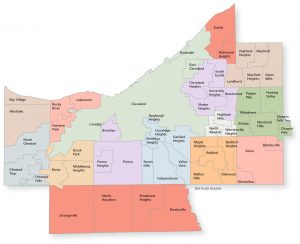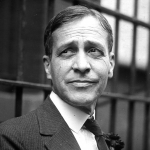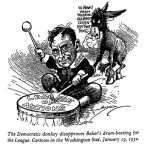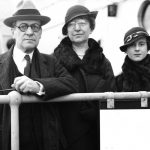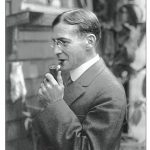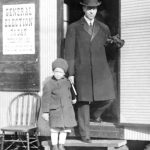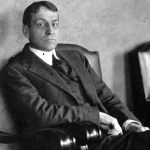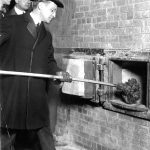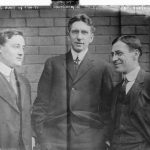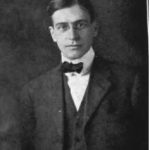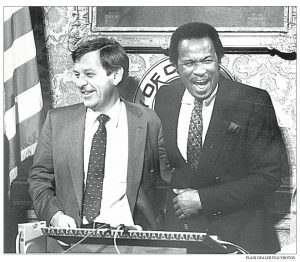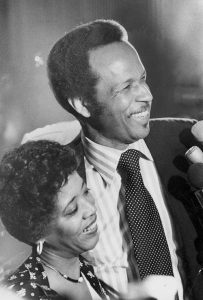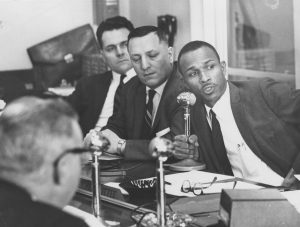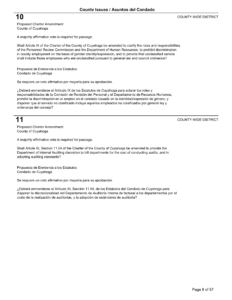Arnold R. Pinkney, 83, died Monday after being in hospice care for leukemia. Born in Youngstown, he was the youngest of five children.
Hospice of the Western Reserve released a statement on behalf of the Pinkney family late Monday afternoon:
Prominent businessman and political consultant Arnold R. Pinkney passed away at 1:30 p.m. today at David Simpson Hospice House. The family wishes to thank friends and family for their encouragement and expressions of love during this difficult time. Funeral arrangements will be handled by E.F. Boyd & Son. Arrangements are still pending. More information will be forthcoming. The family requests that their privacy be respected at this time.
U.S. Sen. Sherrod Brown released a statement: “Arnold Pinkney leaves behind a legacy of public service and dedication to others that should serve as a testament to the way he lived his life. Pinkney’s role in leading Jesse Jackson’s 1984 Presidential bid and managing Lou Stokes’ Congressional campaign and Carl Stokes’ mayoral campaign changed Northeast Ohio and this country. He helped to reshape our political landscape and united people from all walks of life. Jesse Jackson once called him ‘one of our untapped national treasures,’ and I could not agree more. Through his service on the school board, Pinkney was also instrumental in his work rebuilding Cleveland’s schools. And he provided wise counsel to me and so many other leaders across our state. Connie and I offer our prayers and thoughts to his family and rest assured knowing that his legacy lives on.”
In a one-line statement, the NAACP also wrote: “The Cleveland NAACP joins the community in expressing our sincerest condolences to the Pinkney Family for the loss of our dear friend Arnold R. Pinkney; we are deeply saddened by his passing.”
Cleveland City Council consultant Mary Anne Sharkey posted on her Facebook page that the council’s Finance Committee meeting Monday afternoon honored Pinkney with a moment of silence. She called Pinkney “my friend and mentor.”
U.S. Rep Marcia Fudge also posted on her Facebook page: “With the passing of Arnold Pinkney, the Cleveland community has lost a remarkable public servant who cared deeply about the future of our children and the well-being of all people. Mr. Pinkney has been a friend and an astute political mentor to many, including me. My thoughts and prayers go out to Betty and all other members of his family.”
The 1966 campaign of Judge Charles W. White for Common Pleas Court of Cuyahoga County was Pinkney’s first campaign. Pinkney served as Campaign Manager for Lloyd O. Brown, judge of the Cleveland Municipal Court.
He served as Campaign Manager for Louis Stokes’ election campaign in 1968 when Louis Stokes became the first Black Congressman from the state of Ohio.
He also managed Stokes’ re-election campaign in 1970.
Pinkney managed Carl Stokes’ 1969 Mayoral re-election campaign. Stokes was the first African-American mayor of a major American City.
Pinkney was the National Deputy Campaign Manager for Senator Hubert H. Humphrey’s Democratic nomination for U.S. President.
Pinkney served as Deputy Campaign Manager for the re-election of Governor John Gilligan State of Ohio in 1974 and was Deputy Campaign Manager for Richard F. Celeste for Governor the State of Ohio in 1982.
He served as National Campaign Manager for Reverend Jesse Jackson’s 1984 presidential campaign which was the forerunner for the election of Barack Obama for President in 2008. Pinkney was Campaign Manager for Mayor Michael R. White’s re-election for Mayor of Cleveland, Ohio in 1997.
“We lost an icon. We lost a great man. We lost a civil rights leader,” said Cleveland City Councilman Zach Reed. “I remember when Jesse Jackson came to Cleveland and the legacy was ‘Run Jesse Run.’ It was Arnold Pinkney that did that.”
At Monday’s City Council meeting, Cleveland paid its respects with a moment of silence, and words about the man and his legacy.
“We are recognizing a lion of the civil rights movement, who didn’t just change our part of the country, but changed the country,” said Councilman Joe Cimperman.
“We all owe him a great debt for what he did. The doors that he opened. The paths that he blazed,” said Councilwoman Phyllis Cleveland.
He was also Campaign Manager for then-City Council President Frank G. Jackon’s successful run for Mayor of Cleveland in 2005.
“It’s a tremendous loss to our city. I’m sure from here out, in the history of our city, we will always ask the question: What would Arnold have done?” said The Rev. Hilton Smith, current president of Cleveland’s branch of the NAACP.
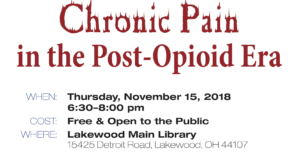


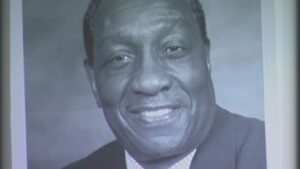
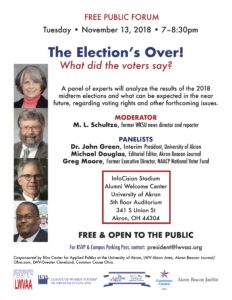 The video is here:
The video is here: